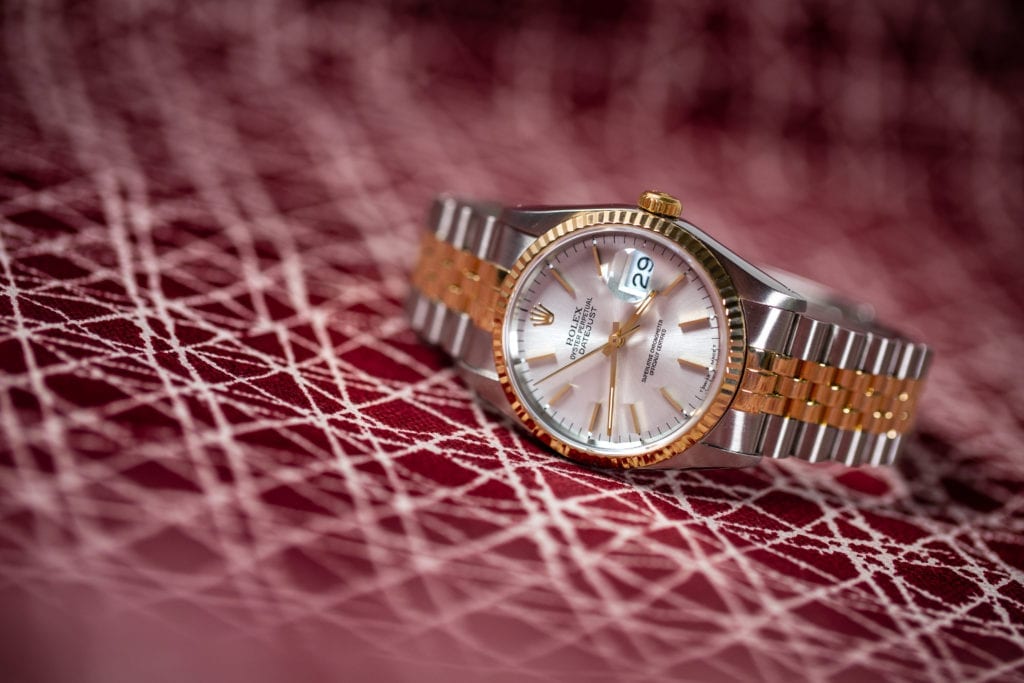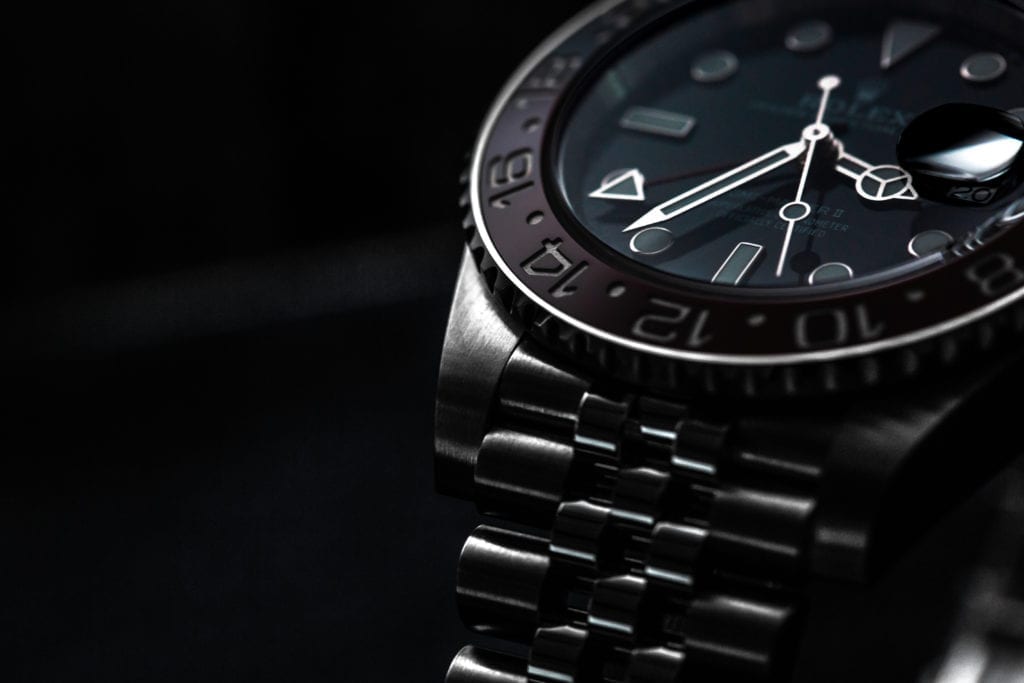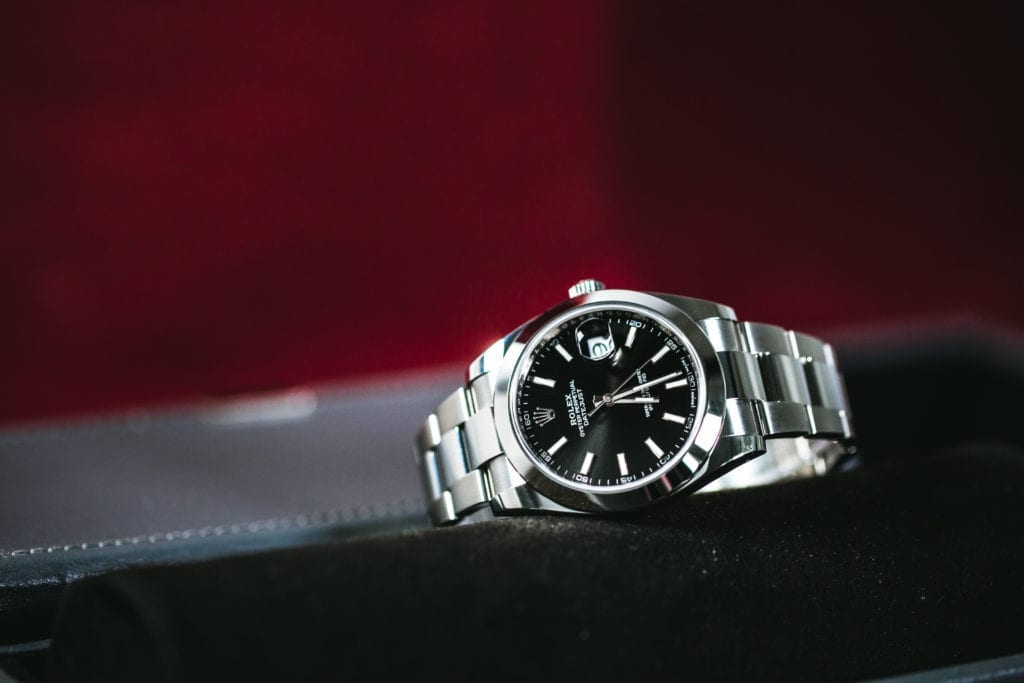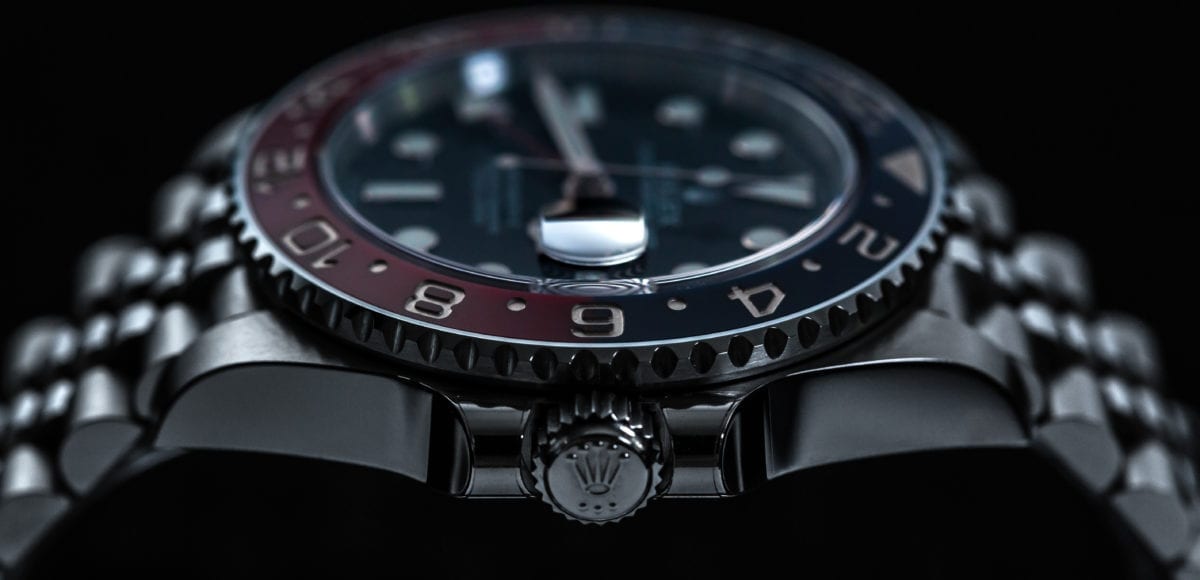Changes in Bezel Preferences in the Watch Industry
Advancements in technology have inevitably driven the progress of modern watchmaking. These new tools and discoveries have allowed both the function and design to improve. During the past century in particular, there’s been a growing interest in the use and creation of new materials. There is research and development devoted to enhancing materials for every aspect of the watch, from the inside out. One area of interest has been materials for the bezel.

A fluted gold bezel on a Rolex Datejust
For many years, metals were the sole material used for the bezel. In the early days of watchmaking, when timepieces were almost exclusively made of precious metals, these were the most prominent. Then, around the 1970s, stainless steel became the most common bezel material, followed by aluminum. More recently, ceramic has become an incredibly popular material in all facets of watchmaking. Although it’s yet to surpass stainless steel, ceramic bezels have become increasingly prevalent in modern watches. Then, there are brands like Rolex who have taken the use of ceramics to the next level. They developed their very own, patented ceramic alloy called Cerachrom.

A Cerachrom bezel on a Rolex GMT Master II
Comparing the Stainless Steel and Aluminum Bezel
Despite the latest advancements in bezel materials, stainless steel continues to be the most popular choice of watchmakers. What makes stainless steel a time-tested and dependable option is its strength and durability. Stainless steel is ideal for robust tool watches. In addition to its practical power, it also creates a streamlined look for watches. It matches stainless steel and compliments white gold or two-tone designs. The only downsides to stainless steel are its weight and its susceptibility to discolor or scratch over time.

A stainless steel bezel on a DateJust
Aluminum is relatively similar to stainless steel. However, it’s more lightweight and more readily available and cost effective. Still, like stainless steel, it has the capacity to fade or discolor over time. In addition, it still doesn’t quite match up to the durability of stainless steel.
Rise of the Ceramic Bezel

A ceramic bezel on an OMEGA Seamaster
Ceramic bezels are becoming increasingly prevalent in contemporary watchmaking. Many brands have swapped out stainless steel bezels for ceramic in the past several years. Ceramic is arguably more powerful than stainless steel. It’s virtually scratch resistant yet lighter weight. However, ceramic still has its downsides. It has the capacity to chip, crack, or shatter under pressure. It’s also more expensive compared to both stainless steel and aluminum.
At present, Rolex’s Cerachrom may just be the king of all bezel materials. It generally shares the same advantages and disadvantages of ceramic. However, Rolex treats this innovative material with a thin layer of gold or platinum using a PVD process. The final step is a diamond polishing, resulting in an incredibly durable bezel that boasts an exceptional luster.
Choosing the Right Bezel Material for You
Each bezel material offered today has its benefits and downsides. In the end, each is pretty reliable and stylish in their own right, so there’s no wrong choice. For you, it may come down to personal preference or the options available in a particular model. However, it’ll be exciting to see how the evolution of bezel materials continues to progress in the years to come.
Get More Articles Like This in Your Inbox
We're constantly creating great content like this. So, why not get it delivered directly to your inbox? By subscribing you agree to our Privacy Policy but you can unsubscribe at any time.







MOHAMED ELKORRAY | February 18, 2019
|
Tanks